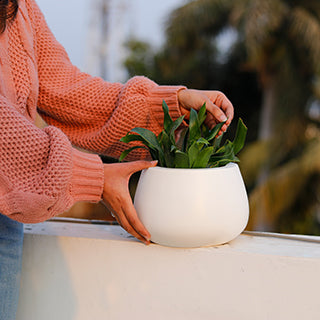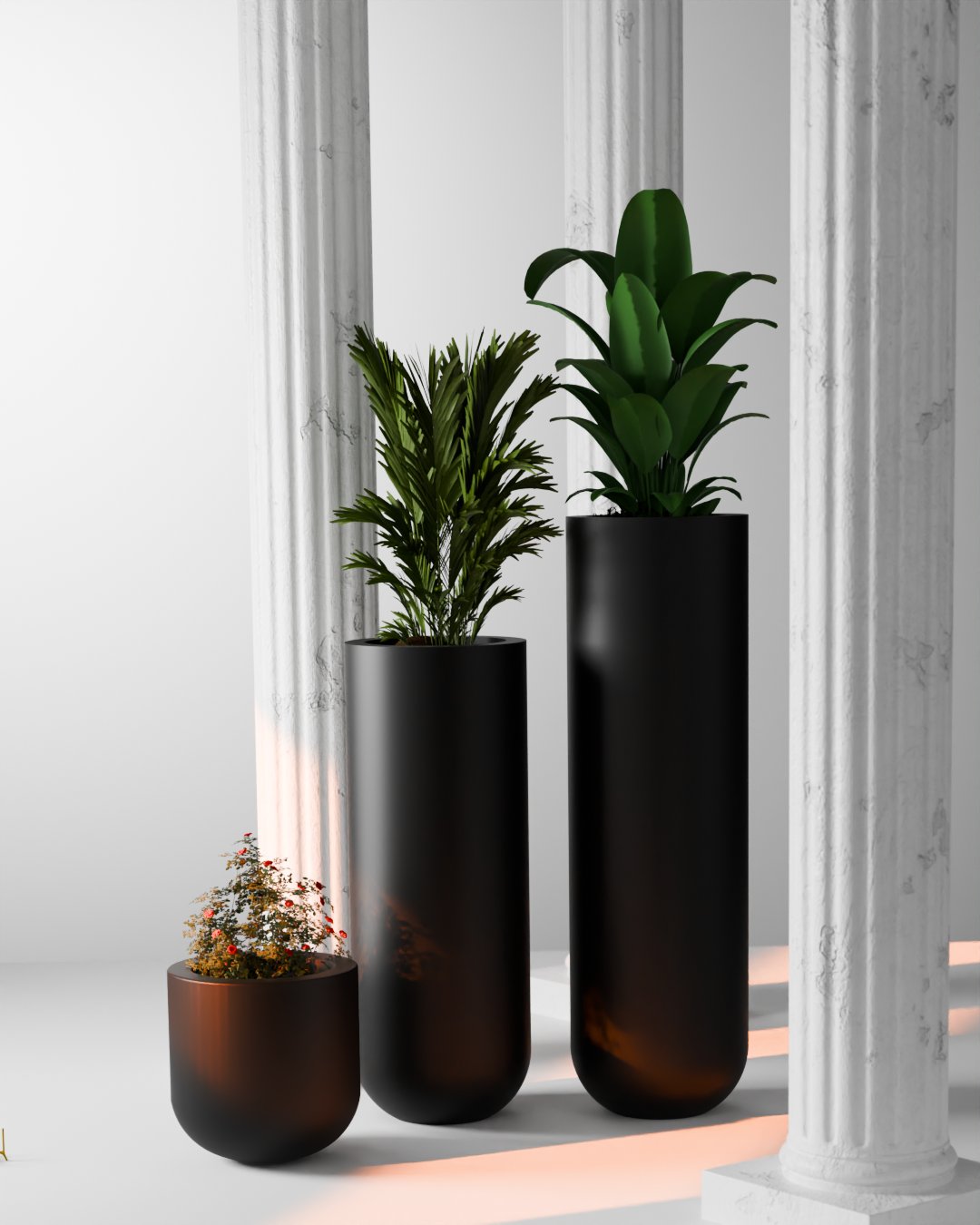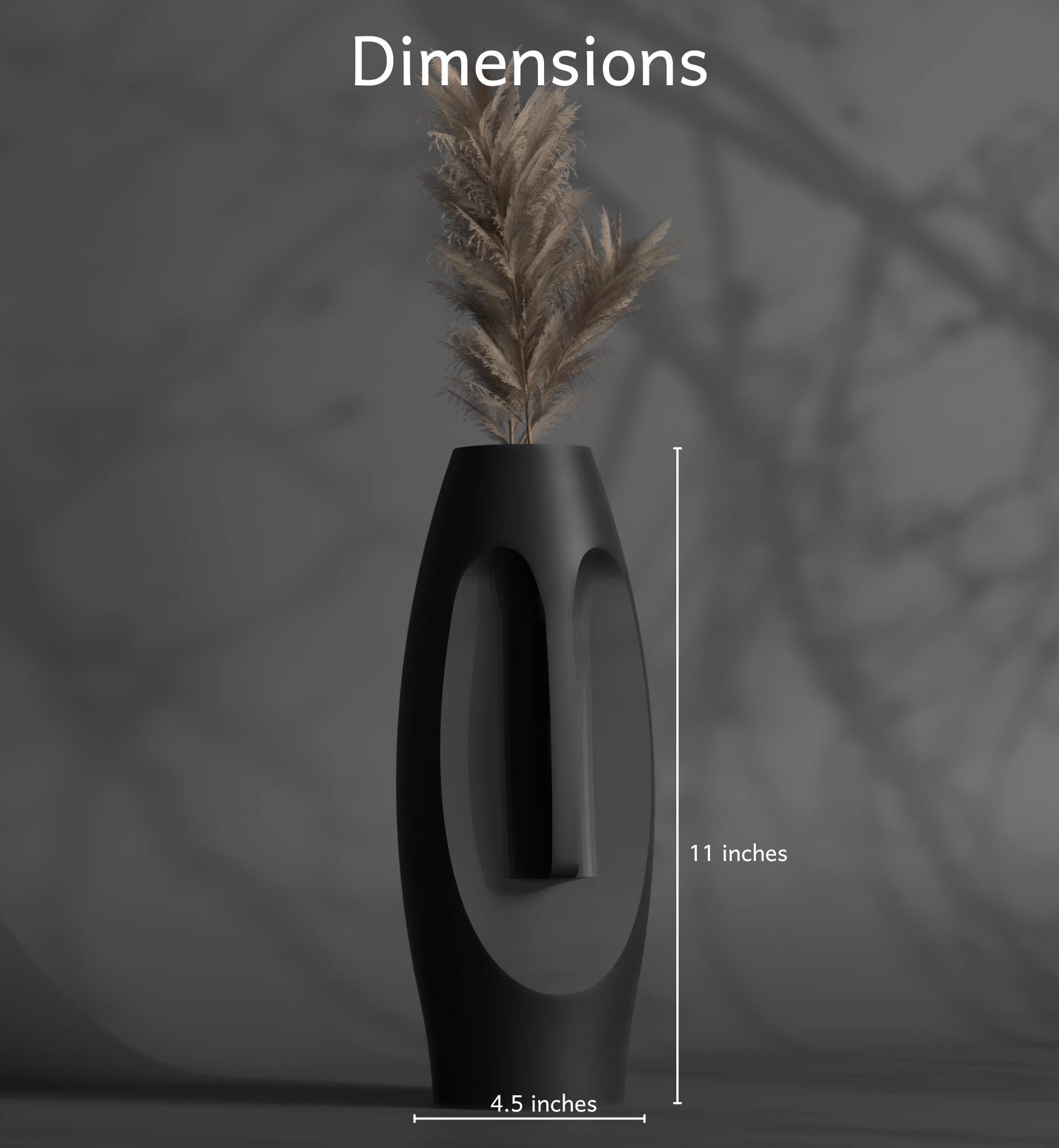
Easy Plants You Can Grow in FRP Planters
When it comes to urban gardening or simply adding a touch of green to your interiors, FRP (Fiber Reinforced Plastic) planters offer an excellent solution. FRP planters are lightweight, durable, and come in various sizes and styles, making them ideal for both indoor and outdoor settings. But the question arises—what are the best, easy-to-grow plants for FRP planters? In this article, we’ll walk you through some of the easiest plants you can grow in FRP planters to create a thriving green space with minimal effort.
Why Choose FRP Planters?
Before diving into plant recommendations, it’s important to understand the benefits of FRP planters:
- Durability: Unlike ceramic or clay planters, FRP planters are incredibly durable and resistant to harsh weather conditions, making them a long-lasting choice.
- Lightweight: FRP planters are much lighter than concrete or terracotta, making them easy to move, even when filled with soil and plants.
- Design Versatility: Available in a wide range of colors, shapes, and sizes, FRP planters fit seamlessly into modern, minimalist, or traditional decor styles.
- Low Maintenance: They don’t chip, crack, or fade easily, and their smooth surfaces are easy to clean.
Best Easy-to-Grow Plants for FRP Planters
1. Snake Plant (Sansevieria)

- Why It's Easy: Snake plants are famous for their resilience and low water needs. They thrive in low light and require minimal attention, making them a favorite among busy gardeners.
- Care Tips: Water once every 2-3 weeks and place in indirect sunlight.
- Why FRP Planters Work Well: Snake plants have shallow roots and don’t require deep containers, which makes them ideal for sleek, shallow FRP planters.
2. ZZ Plant (Zamioculcas zamiifolia)

- Why It’s Easy: ZZ plants are drought-tolerant and can survive in low light, making them perfect for those who often forget to water.
- Care Tips: Water only when the soil is dry, about once every 2-3 weeks.
- Why FRP Planters Work Well: FRP planters’ lightweight nature makes it easy to relocate the ZZ plant to different spots to find its best growing conditions.
3. Spider Plant (Chlorophytum comosum)

- Why It's Easy: Known for its fast growth and air-purifying qualities, the spider plant can adapt to various light conditions and doesn’t need frequent watering.
- Care Tips: Water once a week, and it can tolerate both low and bright, indirect light.
- Why FRP Planters Work Well: A well-drained FRP planter with ample space will encourage the spider plant’s sprawling growth habit, allowing it to form beautiful cascading leaves.
4. Peace Lily (Spathiphyllum)

- Why It's Easy: Peace lilies are forgiving plants that show clear signs when they need water, making it easy to care for even for beginners.
- Care Tips: Keep the soil slightly moist and place it in low to medium light.
- Why FRP Planters Work Well: The moisture retention of FRP planters helps keep the peace lily’s roots comfortable, and its sleek designs highlight the plant’s elegant, dark green foliage and white blooms.
5. Aloe Vera

- Why It's Easy: Aloe vera thrives in low-maintenance conditions and requires minimal watering, making it a perfect plant for busy or novice gardeners.
- Care Tips: Place in a sunny spot and water once every 2-3 weeks.
- Why FRP Planters Work Well: FRP planters’ durability ensures that they can withstand sunny, hot conditions without discoloration, making them suitable for aloe vera's requirements.
6. Pothos (Epipremnum aureum)

- Why It's Easy: Pothos is virtually indestructible, can grow in a wide range of light levels, and is extremely tolerant of irregular watering.
- Care Tips: Water when the soil is dry, and place it in indirect light.
- Why FRP Planters Work Well: The wide variety of sizes and shapes available in FRP planters means that you can choose one that complements the cascading nature of pothos, allowing its vines to trail beautifully.
7. Succulents

- Why They’re Easy: Succulents are well-suited to dry conditions and require minimal watering, making them perfect for anyone looking to add a touch of green without much effort.
- Care Tips: Water sparingly, only when the soil is completely dry, and place in bright, indirect sunlight.
- Why FRP Planters Work Well: Succulents look striking in modern FRP planters, and the durability of the material ensures longevity even in high-sun environments.
Tips for Growing Plants in FRP Planters
- Choose the Right Size: FRP planters come in various sizes. Make sure the planter you choose is the right size for your plant to prevent issues with root growth.
- Drainage: Although FRP planters are watertight, many models include drainage holes. Make sure yours does, or add a drainage layer of gravel to prevent water from accumulating at the bottom.
- Positioning: For indoor plants, placing the FRP planters in areas with adequate light is essential. For outdoor plants, make sure they’re protected from harsh sun or cold, depending on the plant’s needs.
Final Thoughts
FRP planters are an excellent choice for growing easy-care plants in both indoor and outdoor settings. With options like snake plants, pothos, and succulents, you can create a lush, low-maintenance green space that suits your lifestyle. Thanks to their durability, light weight, and modern look, FRP planters are a perfect fit for any plant lover looking to enhance their space with style and ease.































